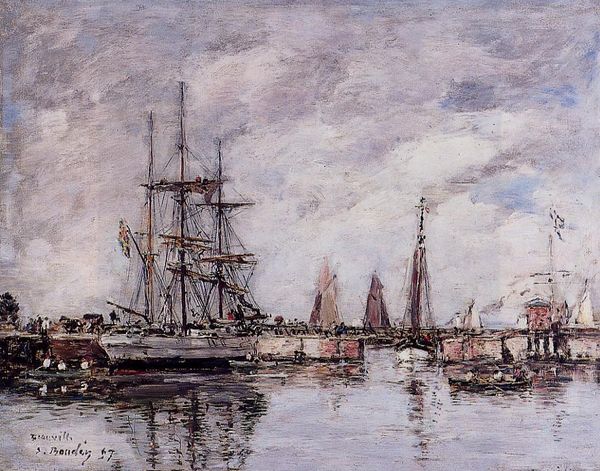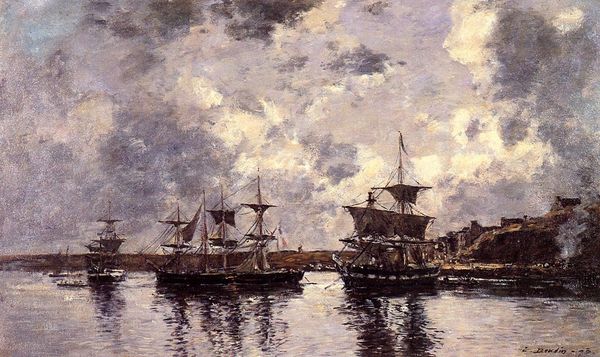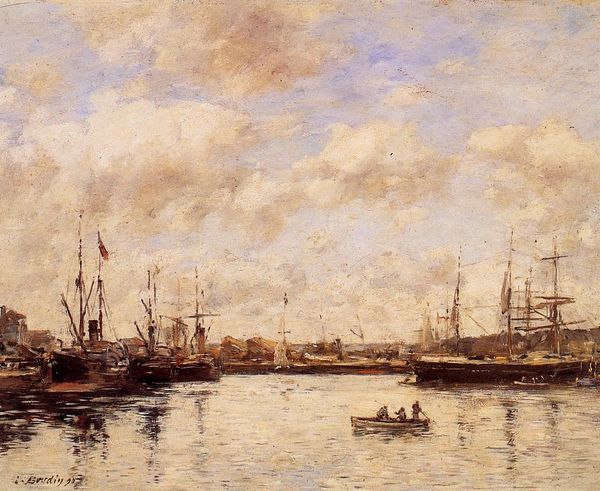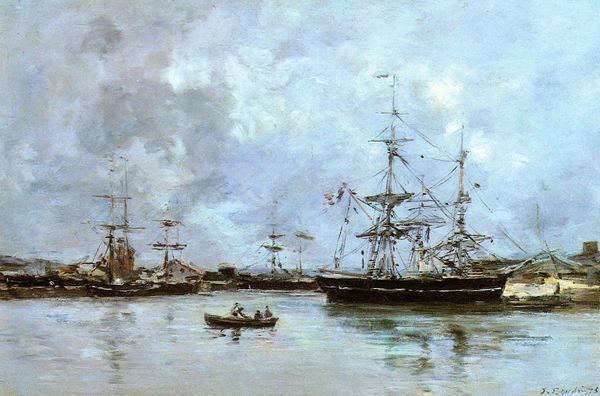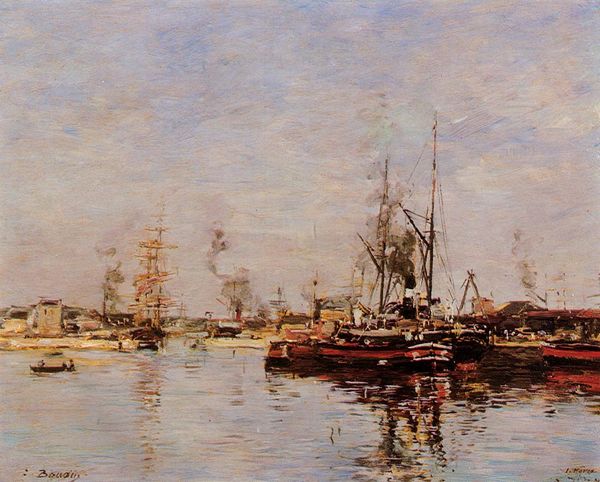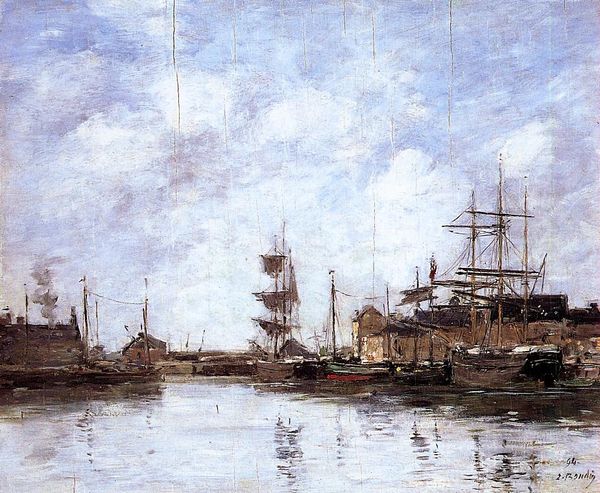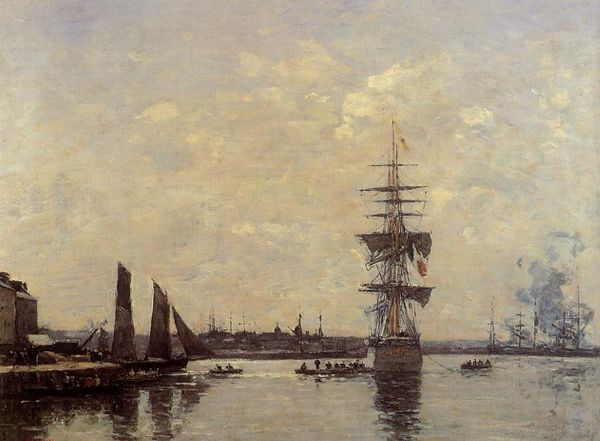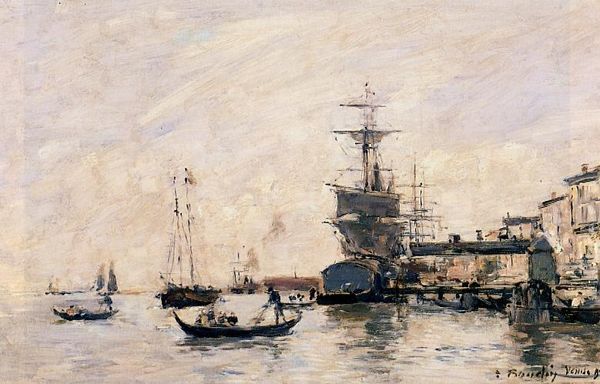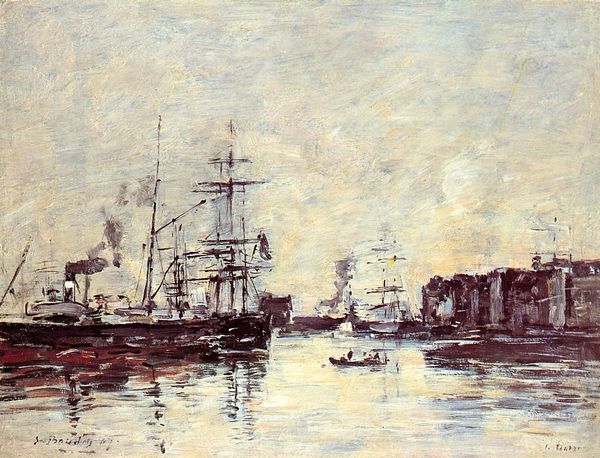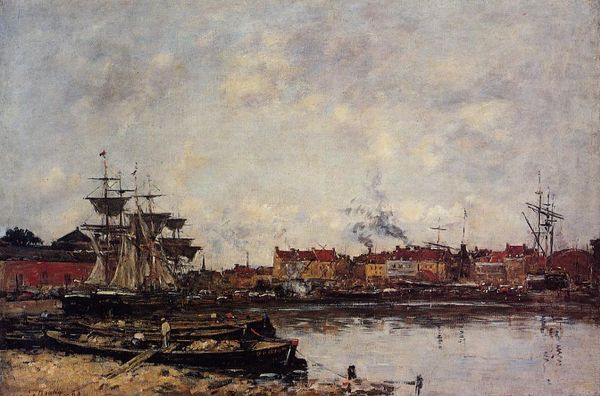
painting, plein-air, oil-paint
#
conversation-piece
#
portrait
#
fairy-painting
#
boat
#
kinetic-art
#
sky
#
still-life-photography
#
contemporary
#
organic
#
street-art
#
confessional-art
#
non-objective-art
#
flâneur
#
self-portrait
#
allegory
#
narrative-art
#
ship
#
fancy-picture
#
painting
#
degenerate-art
#
impressionism
#
modern-moral-subject
#
caricature
#
plein-air
#
oil-paint
#
anti-art
#
appropriation
#
landscape
#
classical-realism
#
kitsch
#
ukiyo-e
#
outsider-art
#
fantasy-art
#
perspective
#
luminism
#
impressionist landscape
#
institutional-critique
#
indigenism
#
social-realism
#
street-photography
#
body-art
#
oil painting
#
exquisite-corpse
#
vanitas
#
graffiti-art
#
momento-mori
#
kinaesthetic-art
#
environmental-art
#
intimism
#
photojournalism
#
folk-art
#
geometric
#
classicism
#
group-portraits
#
process-art
#
mountain
#
naïve-art
#
comic
#
orientalism
#
chiaroscuro
#
geometric-abstraction
#
matter-painting
#
biomorphic
#
water
#
abject-art
#
allover-painting
#
cityscape
#
picturesque
#
genre-painting
#
history-painting
#
trompe-l'oeil
#
academic-art
#
raw-art
#
decorative-art
#
nude
#
identity-politics
#
grotesque
#
modernism
#
regionalism
#
miniature
#
watercolor
#
erotic-art
#
sublime
#
yamato-e
Copyright: Public domain
Curator: This painting is titled “Camaret, the Port,” attributed to Eugène Boudin. Boudin was a French painter, considered one of the first French artists to paint plein air. Editor: It's so atmospheric, isn't it? The muted colors create a feeling of calmness, almost melancholy. You can almost smell the sea air. The brushstrokes are loose, particularly in the sky and the reflections in the water. Curator: Boudin played a significant role in paving the way for Impressionism, and "Camaret, the Port," with its focus on light and fleeting atmosphere, certainly reflects that. This piece showcases his interest in capturing the immediate sensory experience of a particular place. We can see how the port itself at the time had changed over time; this very painting signals a shift in the space towards increased economic and industrial importance to the French. Editor: I agree. The way Boudin depicts the sky, the gradations of light, and the way it reflects on the water...it's truly captivating. He is less interested in perfect representation than in conveying a sensation, or even emotion. See how the vertical masts balance the horizontality of the shore and water? There is a beautiful sense of proportion. Curator: And this very location had social implications during this time; the sea was not only a workplace for local fisherman and harbor staff, but it was also a burgeoning playground for wealthy Parisians. Capturing that shift in seaside space from industry to leisure, this painting itself has much to say about how these paintings were collected and displayed. It’s no surprise, in that context, that he influenced someone like Monet. Editor: Absolutely, there is this tangible ephemerality, and a feeling of lightness that makes it seem so very contemporary. I’m drawn to that dark vessel on the right; see how its mass anchors the scene without dominating it? Boudin really understood how to balance color and weight. Curator: Absolutely, and how Boudin successfully brought together the working harbor alongside signs of budding tourism marks "Camaret, the Port," not only as a testament to his stylistic innovations but to his engagement with the changing dynamics of French society. Editor: Seeing how he captured this particular place helps understand, too, why so many are drawn to harbor scenes as both escape and return. It makes you reflect on our relationship with the sea and harbor environments.
Comments
No comments
Be the first to comment and join the conversation on the ultimate creative platform.
